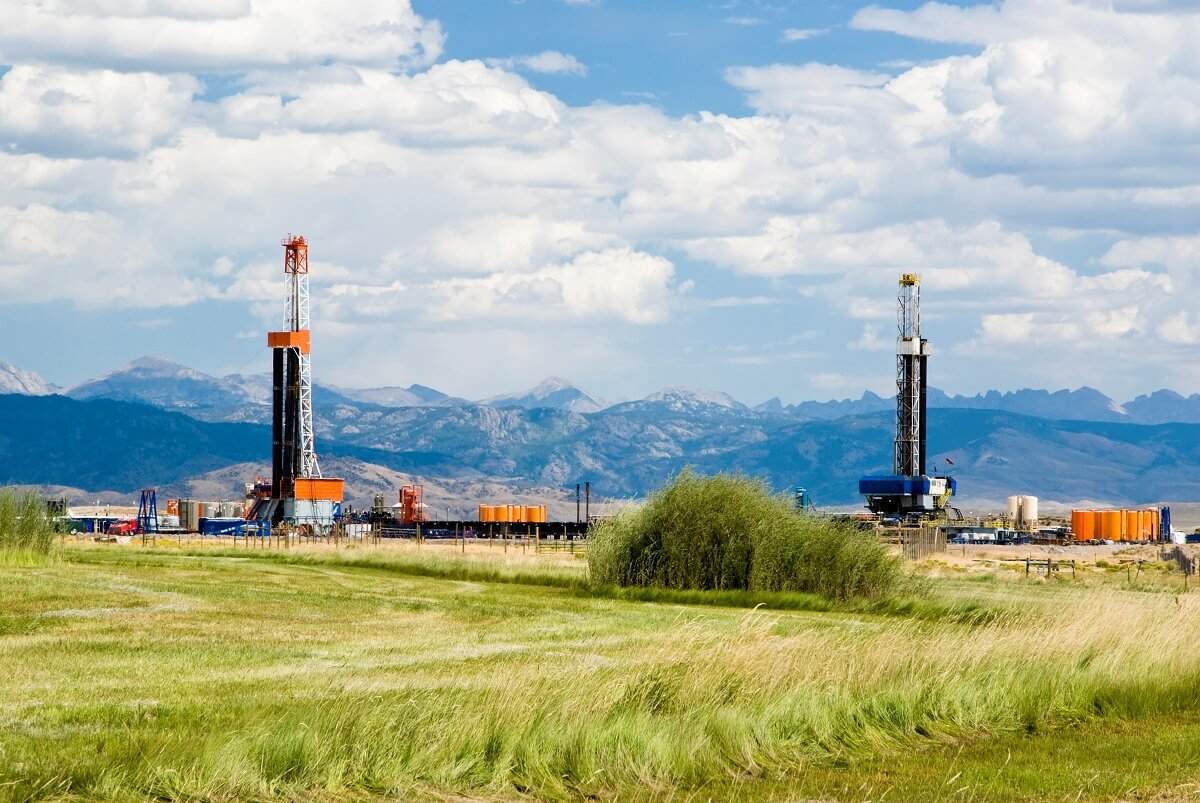Understanding Mineral Rights: A Comprehensive Guide

Mineral Rights:
Definition: Mineral rights pertain to the ownership of the subsurface resources found beneath a piece of land. These resources include minerals such as oil, gas, coal, metals, and other valuable underground deposits.
Ownership:
- Separate Ownership: Mineral rights can be severed from the surface rights, meaning different individuals or entities may own the rights to the minerals and the surface of the same property.
- Exclusive Ownership: The owner of mineral rights has the exclusive right to extract, produce, and profit from the minerals beneath the land’s surface.
Rights and Privileges:
- Exploration and Extraction: Owners of mineral rights have the right to explore for and extract minerals from the subsurface.
- Leasing: Mineral rights can be leased to oil and gas companies, allowing them to explore and extract resources in exchange for royalty payments.
Implications:
- Access to Resources: The owner of mineral rights may have the legal right to access the property for exploration and extraction purposes.
- Profit Potential: Mineral rights owners stand to profit from the sale or lease of their rights and any extracted resources.
Surface Rights:
Definition: Surface rights, on the other hand, relate to ownership and control of the land’s surface, excluding what lies beneath the ground. This includes the soil, trees, buildings, and any activities carried out on the surface.
Ownership:
- Exclusive Ownership: The owner of surface rights has exclusive control over activities conducted on the land’s surface.
- Limited Rights: While the surface owner controls what happens above ground, they may not have rights to the minerals beneath unless they also own the mineral rights.
Rights and Privileges:
- Land Use: Surface rights encompass the right to use and develop the land for various purposes, such as agriculture, construction, or residential purposes.
- Surface Access: The surface owner may be entitled to compensation for surface access if mineral rights are leased for exploration or extraction.
Implications:
- Land Use Control: Surface rights owners have control over activities like construction, landscaping, and farming.
- Limitations: Surface owners may face restrictions if mineral rights are owned separately, affecting activities that could interfere with mineral extraction.
Key Differences:
- Ownership Separation: Mineral and surface rights can be owned by different parties, creating the potential for conflicts over land use and resource extraction.
- Profit Streams: While mineral rights offer the potential for profits from resource extraction, surface rights may generate income through land use activities.
- Legal Complexity: The separation of these rights can lead to legal complexities and negotiations, especially when mineral extraction involves surface disturbance.
Understanding these distinctions is crucial for landowners, as it determines who benefits from the resources beneath the land and who controls activities on the surface.
13 thoughts on “Understanding Mineral Rights: A Comprehensive Guide”